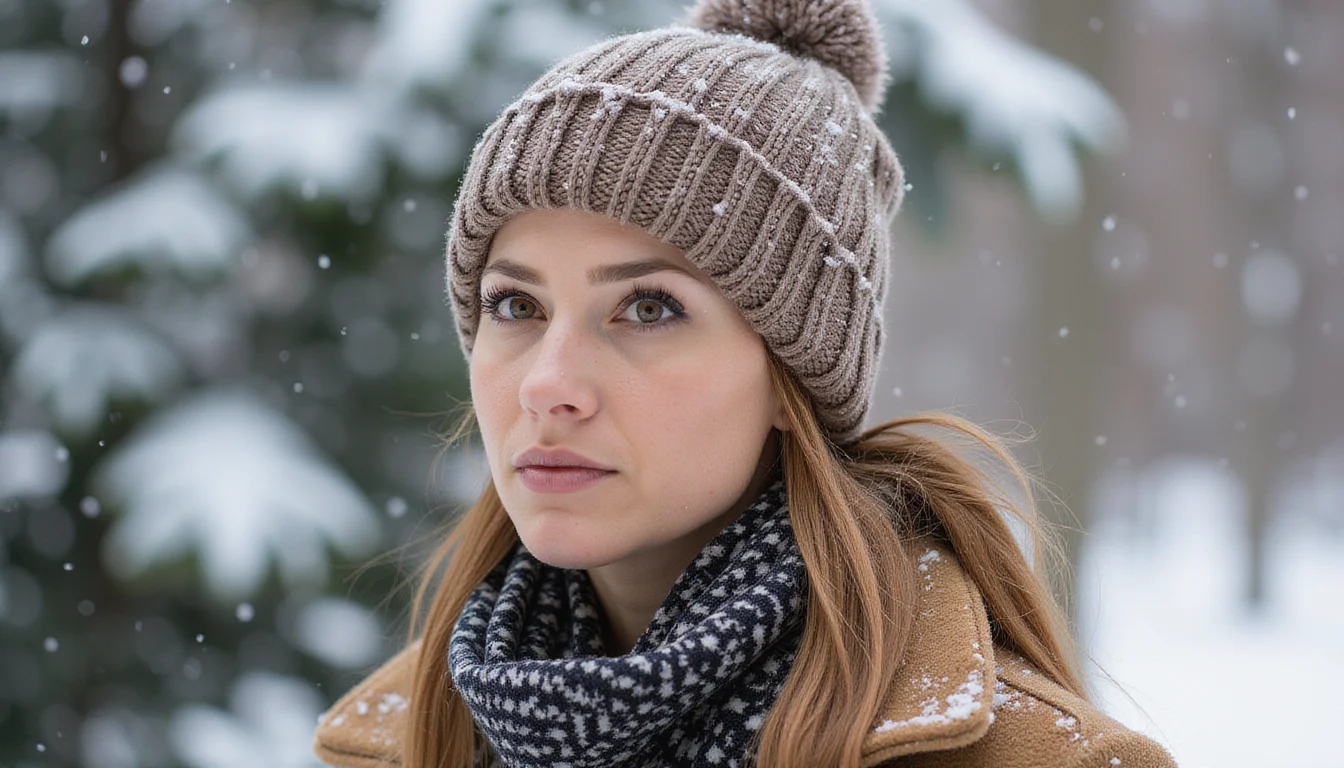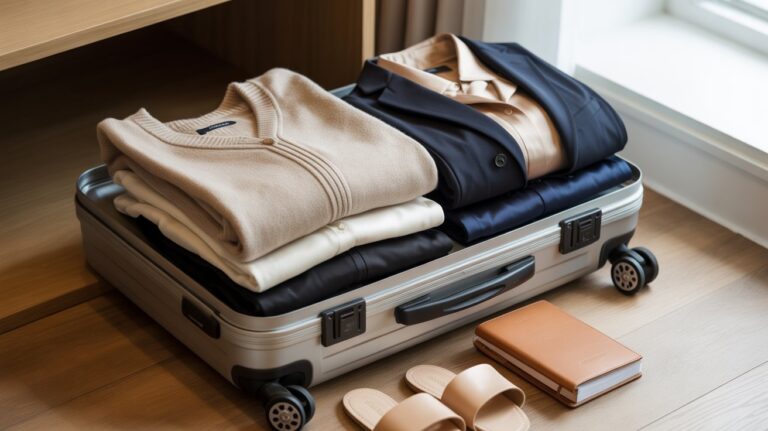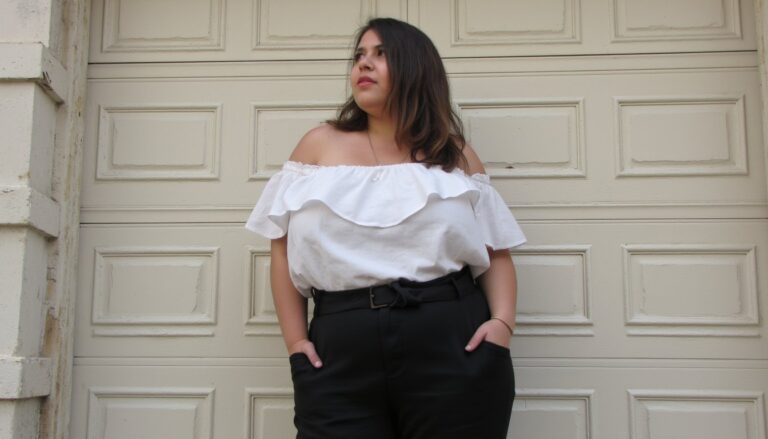Winter Hair Care Secrets: Expert Ways to Prevent Cold Weather Damage
Winter can be magical with its snow-covered landscapes and cozy fireplaces, but it’s often a nightmare for our hair. The combination of frigid outdoor temperatures, moisture-sapping winds, and dry indoor heating creates the perfect storm for hair damage.
If you’ve ever wondered why your usually manageable locks turn into a static, dry, unruly mess during the colder months, you’re not alone.
The good news? With the right knowledge and winter hair care routine, you can keep your hair healthy, hydrated, and beautiful throughout the entire season. This comprehensive guide will walk you through everything you need to know about protecting your hair during winter, from understanding the science behind cold weather damage to implementing practical solutions that actually work.
Why Winter Weather Wreaks Havoc on Your Hair
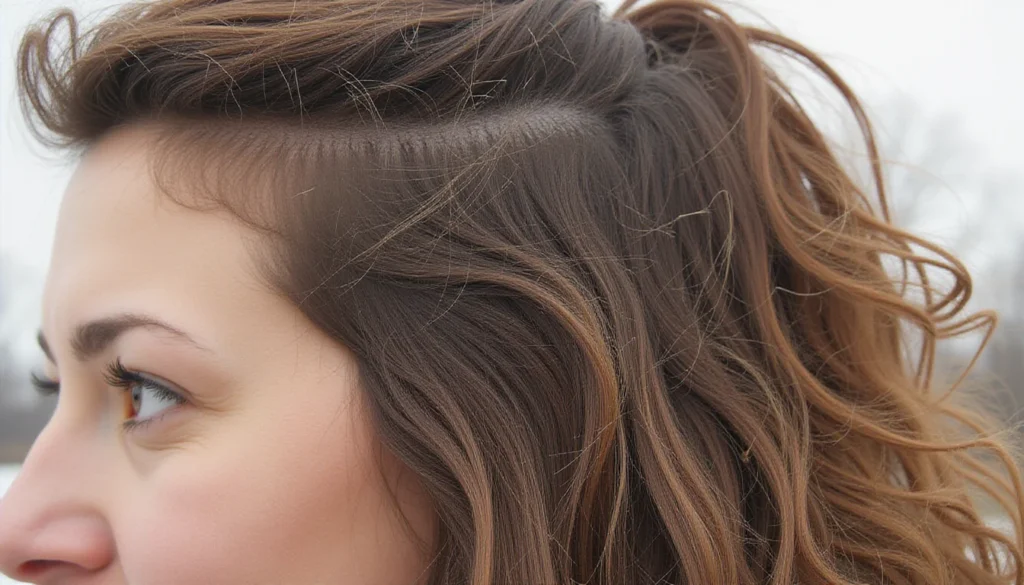
Before diving into solutions, it’s crucial to understand why winter is so damaging to our hair. This knowledge will help you make better decisions about your hair care routine and understand which strategies will be most effective for your specific situation.
The Science of Winter Hair Damage
Winter hair damage isn’t just about the cold – it’s a complex interplay of environmental factors that work together to strip moisture from your hair. According to research published in the Journal of Investigative Dermatology, low humidity conditions significantly affect skin and hair health by disrupting the natural moisture barrier.
Low Humidity Levels: Cold air naturally holds less moisture than warm air. When humidity drops below 30% (common in winter), your hair begins losing moisture to the environment through a process called hygroscopic moisture loss.
Temperature Fluctuations: The constant movement between cold outdoor air and heated indoor spaces creates expansion and contraction in the hair shaft, weakening the cuticle layer and making hair more prone to breakage.
Static Electricity: Dry air creates an imbalance of electrons, causing that frustrating static that makes your hair stand on end and cling to everything.
Reduced Sebum Production: Your scalp produces less natural oil in cold weather, leaving your hair without its natural protective coating.
Common Winter Hair Problems
Understanding these issues will help you identify which areas need the most attention in your winter hair care routine:
🔸 Static and Flyaways
- Cause: Low humidity + friction
- Most affected: Fine, straight hair
🔸 Excessive Dryness
- Cause: Moisture loss + reduced oil production
- Most affected: All hair types, especially chemically treated
🔸 Breakage and Split Ends
- Cause: Weakened cuticles + physical stress
- Most affected: Fragile, damaged, or over-processed hair
🔸 Scalp Irritation
- Cause: Dry air + temperature changes
- Most affected: Sensitive scalps, those prone to dandruff
🔸 Color Fading
- Cause: Dry cuticles + environmental stress
- Most affected: Color-treated hair
🔸 Lack of Shine
- Cause: Damaged cuticles + product buildup
- Most affected: All hair types
The Ultimate Winter Hair Care Routine: Step-by-Step Protection Strategy
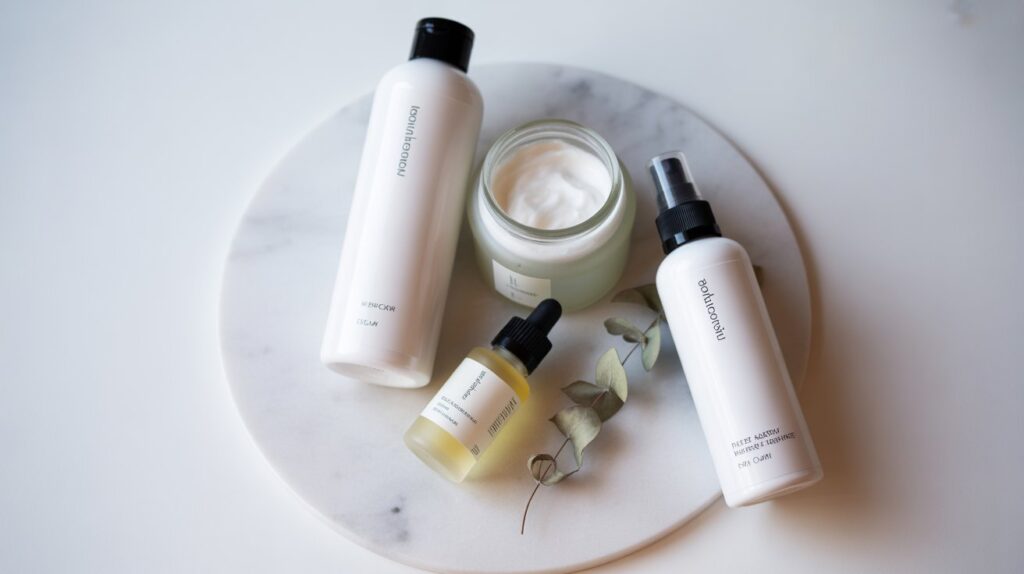
The American Academy of Dermatology emphasizes that proper hair care routines are essential for maintaining healthy hair throughout seasonal changes. Here’s your comprehensive winter hair protection strategy:
Step 1: Revolutionize Your Washing Routine
🚿 Reduce Wash Frequency: This is perhaps the most important change you can make. While you might wash your hair every other day in summer, winter calls for washing only 2-3 times per week, depending on your hair type.
Washing Schedule by Hair Type:
- Oily hair: Reduce from daily to every other day
- Normal hair: Reduce from every other day to twice weekly
- Dry or chemically treated hair: Once or twice weekly maximum
- Curly or coily hair: Once weekly or less
🌡️ Temperature Matters More Than You Think: Hot water might feel amazing on a cold day, but it’s one of the worst things you can do to your hair. Research from PMC studies shows that prolonged exposure to high temperatures can significantly damage hair structure.
Hot water problems:
- Strips natural protective oils
- Opens the hair cuticle excessively
- Increases moisture loss
- Can cause scalp irritation
The Solution: Use lukewarm water for washing and finish with a cool rinse to seal the cuticle and lock in moisture.
Step 2: Master the Art of Deep Conditioning
Winter hair needs intensive moisture, and regular conditioner often isn’t enough. Here’s how to supercharge your conditioning routine:
📅 Weekly Deep Conditioning Masks: Choose masks based on your specific needs:
For dryness:
- Look for ingredients like shea butter, coconut oil, and glycerin
For damage:
- Seek protein treatments with hydrolyzed proteins
For color protection:
- Choose masks with antioxidants and UV protection
🏠 DIY Power Treatments: Create effective treatments at home:
Ultra-Hydrating Avocado Mask:
- 1 ripe avocado
- 2 tablespoons honey
- 1 tablespoon olive oil
- Instructions: Mix, apply for 30 minutes, rinse with cool water
Protein Repair Treatment:
- 1 egg yolk
- 1 tablespoon mayonnaise
- 1 teaspoon apple cider vinegar
- Instructions: Apply for 20 minutes, rinse thoroughly
Step 3: Strategic Product Selection for Winter
Your summer hair products need a winter makeover. Here’s what to look for:
Shampoo Upgrades:
- Switch to sulfate-free formulas
- Look for moisturizing ingredients like aloe vera and glycerin
- Avoid clarifying shampoos unless absolutely necessary
Conditioner Power-Ups:
- Choose heavier, cream-based formulas
- Look for ingredients like ceramides, fatty acids, and natural oils
- Consider leave-in conditioners for extra protection
✨ Essential Winter Hair Products:
1. Hair Oil
- Lightweight oil for daily use
- Heavier oil for intensive treatments
2. Heat Protectant
- Even more crucial in winter due to increased fragility
3. Anti-Static Spray
- A game-changer for managing flyaways
4. Silk/Satin Pillowcase
- Reduces friction while you sleep
Advanced Protection Strategies by Hair Type

Different hair types face unique winter challenges. Clinical research shows that environmental factors affect hair differently based on its structure, porosity, and existing damage levels.
Fine Hair Winter Care
Fine hair faces unique challenges in winter, becoming easily overwhelmed by heavy products while still needing moisture.
Key Strategies:
- Use lightweight, volumizing conditioners
- Apply products only to mid-lengths and ends
- Try dry oil sprays instead of cream-based treatments
- Use a wide-tooth comb when hair is damp to prevent breakage
Thick/Coarse Hair Winter Care
Thick hair can handle heavier products but often needs more intensive treatments to penetrate the hair shaft.
Key Strategies:
- Use rich, cream-based masks weekly
- Apply heat while deep conditioning to help product penetration
- Layer products: oil, then leave-in conditioner, then styling product
- Consider overnight treatments for maximum moisture
Curly and Coily Hair Winter Care
Curly hair is naturally drier due to its structure, making winter care especially critical.
The Winter Curly Hair Method:
- Co-washing: Use only conditioner to cleanse 2-3 times per week
- Deep condition weekly: Use protein and moisture treatments alternately
- Layer moisture: Apply leave-in conditioner, then oil, then styling cream
- Protective styling: Use silk scarves and avoid manipulation
- Refresh routine: Use a water-based leave-in spray between washes
Color-Treated Hair Winter Care
Colored hair is more porous and prone to winter damage, requiring specialized care.
Protection Protocol:
- Use color-safe, sulfate-free products exclusively
- Deep condition twice weekly with protein-free masks
- Apply UV protection even in winter (snow reflects UV rays)
- Consider professional treatments every 6-8 weeks
Environmental Protection: Shielding Hair from Winter Elements
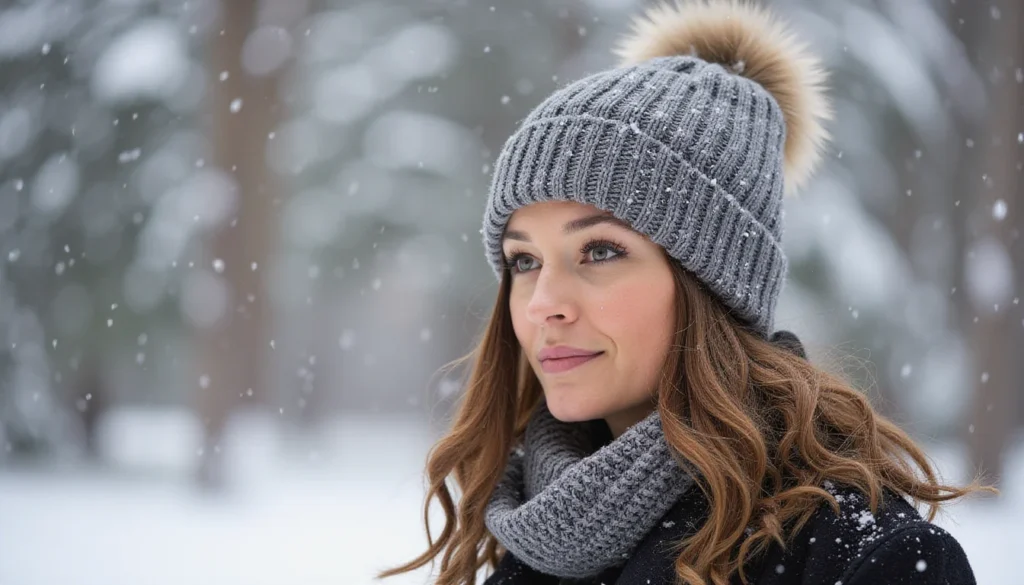
The Right Way to Wear Winter Hats
Not all hats are created equal when it comes to hair protection. According to dermatology experts, the way you protect your hair from winter elements can significantly impact its health:
Best Hat Materials:
- Silk or satin-lined hats
- Loose-knit materials that allow airflow
- Hats with smooth interior surfaces
Hat-Wearing Tips:
- Apply anti-static spray before putting on your hat
- Loosen your hat periodically to allow scalp circulation
- Never put a hat on damp hair
Hat Hair Solutions:
- Carry a small bottle of diluted leave-in conditioner for touch-ups
- Use your hands instead of a brush to reshape hair
- Flip your hair upside down and shake for instant volume
Indoor Air Quality and Your Hair
The average home’s humidity in winter drops to 10-20%, when hair needs at least 30% to maintain moisture balance.
Solutions:
- Use a humidifier: Aim for 40-50% humidity
- Add plants: Natural humidity boosters that also purify air
- Avoid over-heating: Keep temperatures moderate to reduce drying effects
- Create steam: Take advantage of bathroom steam after showers
Nutrition and Lifestyle Factors for Winter Hair Health

Essential Nutrients for Cold Weather Hair
Winter hair health starts from within. Your hair needs specific nutrients to combat seasonal stress. Clinical dermatology research emphasizes the importance of nutrition in maintaining hair health during challenging weather conditions.
Key Nutrients and Sources:
🥗 Omega-3 Fatty Acids
- Benefit: Scalp health, shine
- Best Sources: Salmon, walnuts, chia seeds
🥑 Biotin
- Benefit: Strength, growth
- Best Sources: Eggs, avocados, sweet potatoes
🌿 Iron
- Benefit: Prevents hair loss
- Best Sources: Spinach, lentils, red meat
☀️ Vitamin D
- Benefit: Growth regulation
- Best Sources: Fortified foods, supplements
🎃 Zinc
- Benefit: Repair and growth
- Best Sources: Pumpkin seeds, oysters, chickpeas
🍊 Vitamin C
- Benefit: Collagen production
- Best Sources: Citrus fruits, bell peppers, strawberries
Hydration: The Inside-Out Approach
Dehydration in winter is often overlooked because we don’t feel as thirsty, but it significantly impacts hair health.
Hydration Strategy:
- Drink warm herbal teas throughout the day
- Eat water-rich foods like soups and stews
- Limit alcohol and caffeine, which can dehydrate
- Track your water intake to ensure adequacy
Sleep and Stress Management
Winter can increase stress and disrupt sleep patterns, both of which affect hair health.
Hair-Healthy Sleep Tips:
- Use a silk or satin pillowcase to reduce friction
- Keep your bedroom slightly cool and well-humidified
- Establish a consistent sleep schedule
- Practice stress-reduction techniques like meditation or gentle yoga
Professional vs. At-Home Winter Hair Care
When to Invest in Professional Treatments
While at-home care forms the foundation of winter hair health, professional treatments can provide intensive repair and protection:
Professional Treatments Worth Considering:
- Keratin Treatments: Smooth the cuticle and reduce winter frizz (lasts 3-4 months)
- Deep Conditioning Services: Professional-grade products penetrate deeper
- Scalp Treatments: Address winter dryness and potential dandruff issues
- Protective Services: Color glosses or clear protective coatings
💰 Cost-Benefit Analysis:
Professional treatments:
- Cost: $50-200 per treatment
- Duration: 6-12 weeks
- Best for: Severe damage, special occasions
At-home equivalents:
- Cost: $10-30
- Frequency: Weekly treatments
- Best for: Maintenance, prevention
🎯 Best approach: Combine both for optimal results – use professional treatments seasonally and maintain with at-home care.
DIY Professional-Style Treatments at Home
You can achieve salon-quality results at home with the right techniques:
Steam Treatment Method:
- Apply a deep conditioning mask
- Cover hair with a plastic cap
- Wrap a warm, damp towel around the cap
- Leave for 30-45 minutes
- Rinse with cool water
This method opens the cuticle and allows better product penetration.
Common Winter Hair Care Mistakes to Avoid
The “More is Better” Trap
Many people overcompensate for winter dryness by using too much product or treating their hair too frequently.
Common Mistakes:
- Over-conditioning: Can cause protein-moisture imbalance
- Using too much oil: Creates buildup and attracts dirt
- Washing too frequently: Despite increased dryness, strips natural oils
- Heat styling without protection: Hair is more vulnerable in winter
Product Layering Errors
The order and combination of products matters more in winter:
Correct Product Layering Order:
- Leave-in conditioner (water-based)
- Hair oil or serum (oil-based)
- Styling products (gels, creams, mousses)
- Finishing products (anti-static sprays, shine serums)
Temperature-Related Mistakes
Never Do These:
- Go outside with wet hair (can cause hair to freeze and break)
- Use hot tools on highest setting (hair is already stressed)
- Brush wet hair aggressively (winter hair is more fragile)
- Skip heat protectant (absolutely essential in winter)
Transitional Care: Preparing for and Recovering from Winter
Fall Transition Strategy
Preparing your hair for winter in fall can prevent significant damage:
September-November Prep:
- Get a professional deep conditioning treatment
- Stock up on winter-appropriate products
- Start reducing wash frequency gradually
- Begin taking hair-healthy supplements
- Schedule a trim to remove summer damage
Spring Recovery Protocol
Help your hair recover from winter stress as temperatures warm:
March-May Recovery:
- Gradually lighten your hair care routine
- Consider a professional treatment to repair winter damage
- Slowly increase wash frequency if needed
- Evaluate which winter strategies worked best for future reference
Creating Your Personalized Winter Hair Care Plan
Every person’s hair is unique, and your ideal winter hair care routine should be tailored to your specific needs, lifestyle, and hair type.
Assessment Checklist
Rate each factor from 1-5 (5 being most severe/applicable):
Hair Condition:
- [ ] Dryness level
- [ ] Damage from chemical processing
- [ ] Natural oil production
- [ ] Texture (fine to coarse)
- [ ] Curl pattern
Environmental Factors:
- [ ] Indoor heating exposure
- [ ] Time spent outdoors
- [ ] Local humidity levels
- [ ] Frequency of hat wearing
- [ ] Exercise/sweating frequency
Lifestyle Factors:
- [ ] Available time for hair care
- [ ] Budget for products/treatments
- [ ] Heat styling frequency
- [ ] Hair washing preference
- [ ] Product sensitivity levels
Sample Winter Hair Care Schedules
For Busy Professionals:
- Sunday: Deep conditioning mask, gentle shampoo
- Tuesday: Co-wash or water rinse, leave-in conditioner
- Thursday: Regular wash and condition
- Daily: Protective oil on ends, anti-static spray as needed
For Maximum Hair Health:
- Monday: Clarifying shampoo (bi-weekly), deep conditioner
- Wednesday: Gentle shampoo, protein treatment
- Friday: Co-wash, moisture mask
- Sunday: Oil treatment, scalp massage
- Daily: Leave-in conditioner, protective styling
Troubleshooting Common Winter Hair Emergencies
Static Hair Emergency Kit
Keep these items handy for quick static fixes:
- Travel-size anti-static spray
- Small amount of hand cream (rub between hands, then lightly over hair)
- Dryer sheets (lightly run over hair surface)
- Metal comb (helps discharge static)
Extreme Dryness SOS Treatment
When your hair reaches crisis-level dryness:
Overnight Rescue Treatment:
- Mix equal parts coconut oil and honey
- Add a few drops of your favorite essential oil
- Apply generously to damp hair, avoiding roots
- Cover with a silk scarf or shower cap
- Sleep with treatment, shampoo out in morning
Managing Winter Scalp Issues
For Dry, Flaky Scalp:
- Use a scalp brush to gently exfoliate before shampooing
- Apply diluted tea tree oil to problem areas
- Massage scalp with oil 30 minutes before washing
- Consider switching to a dandruff shampoo temporarily
Technology and Tools for Winter Hair Care
Must-Have Tools for Winter
Ionic Hair Dryer: Reduces drying time and static while adding shine. Look for multiple heat and speed settings with cool shot functionality.
Wide-Tooth Comb: Essential for detangling winter hair without causing breakage. Use only on damp hair with leave-in conditioner.
Silk or Satin Hair Accessories: Including scrunchies, headbands, and scarves that won’t cause friction or breakage.
Humidifier: Maintains optimal air moisture levels. Choose one with a built-in hygrometer to monitor humidity levels.
Smart Hair Care Apps and Trackers
Modern technology can help optimize your winter hair care:
- Weather-based hair apps: Provide styling recommendations based on humidity and temperature
- Hair health trackers: Monitor washing frequency, treatments, and hair condition over time
- Product ingredient analyzers: Help identify beneficial or harmful ingredients for your hair type
Budget-Friendly Winter Hair Care Solutions
DIY Ingredients That Work
You don’t need expensive products to care for your hair in winter. These kitchen staples are highly effective:
Multi-Purpose Ingredients:
- Honey: Natural humectant that draws moisture to hair
- Coconut oil: Penetrates hair shaft, provides lasting moisture
- Apple cider vinegar: Balances pH, adds shine, removes buildup
- Aloe vera: Soothes scalp, provides lightweight moisture
- Oats: Gentle cleansing and scalp soothing properties
Cost-Effective Product Strategies
Smart Shopping Tips:
- Buy larger sizes of products you use regularly
- Look for multi-purpose products (leave-in conditioner that also detangles)
- Invest in a few high-quality basics rather than many mediocre products
- Take advantage of seasonal sales to stock up on winter-specific items
The Future of Winter Hair Care: Emerging Trends and Innovations
Sustainable Winter Hair Care
The beauty industry is moving toward more sustainable options:
Eco-Friendly Trends:
- Solid shampoo and conditioner bars: Reduce packaging waste and last longer
- Refillable product systems: Many brands now offer refillable options
- Multi-use products: Reduce the number of products needed
- Natural and organic formulations: Gentle on hair and environment
Personalized Hair Care Technology
Emerging Technologies:
- Hair analysis devices: Provide detailed information about hair health and needs
- Custom formulation services: Create products specifically for your hair
- AI-powered recommendations: Apps that learn your hair’s responses to different treatments
- Professional consultation apps: Connect with hair experts remotely
Seasonal Self-Care: Making Winter Hair Care Enjoyable
Winter hair care doesn’t have to feel like a chore. Transform it into a self-care ritual that you actually look forward to:
Creating a Relaxing Hair Care Routine
Weekly Hair Spa Ritual:
- Set the mood: Light candles, play relaxing music
- Scalp massage: Use oil and spend 5-10 minutes massaging
- Deep treatment: Apply your favorite mask and relax while it works
- Mindful washing: Focus on the sensations and take your time
- Finishing touches: Apply leave-in treatments mindfully
Mindfulness and Hair Care
Use your hair care routine as an opportunity to practice mindfulness:
- Focus on the sensations of washing and conditioning
- Practice gratitude for your hair and its protection of your scalp
- Use the time for positive affirmations about yourself
- View hair care as an act of self-love rather than a necessity
Conclusion: Embrace Beautiful Hair All Winter Long
Protecting your hair during winter doesn’t have to be complicated or expensive. The key is understanding your hair’s specific needs and consistently implementing the right strategies. Remember that healthy winter hair starts with consistent care, proper products, and patience with the process.
The most important takeaway is that winter hair care is preventative. The steps you take at the beginning of the season will determine how your hair looks and feels throughout the colder months. Start implementing these strategies now, and your hair will thank you.
Your Winter Hair Care Action Plan:
- Assess your current routine and identify areas for improvement
- Choose 3-5 key strategies from this guide that align with your hair type and lifestyle
- Gradually implement changes rather than overhauling everything at once
- Track your progress and adjust your routine based on what works
- Be patient and consistent – results take 4-6 weeks to become apparent
Winter can be challenging for your hair, but with the right knowledge and tools, it can also be a time when your hair thrives. Embrace these colder months as an opportunity to develop a deeper understanding of your hair’s needs and enjoy the process of caring for yourself.
Remember, beautiful hair is healthy hair, regardless of the season. By following these expert-backed strategies and adapting them to your unique needs, you’ll not only survive winter but emerge with hair that’s stronger, healthier, and more beautiful than ever.
Ready to transform your winter hair care routine? Start with just one or two strategies from this guide and build your perfect routine gradually. Your hair’s winter transformation begins today.
Winter Hair Care Routine Generator
Use this personalized tool to create your ideal winter hair care schedule based on your specific needs:

